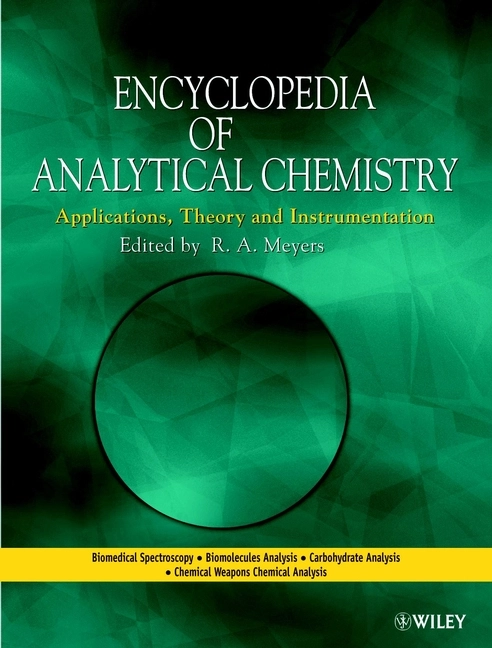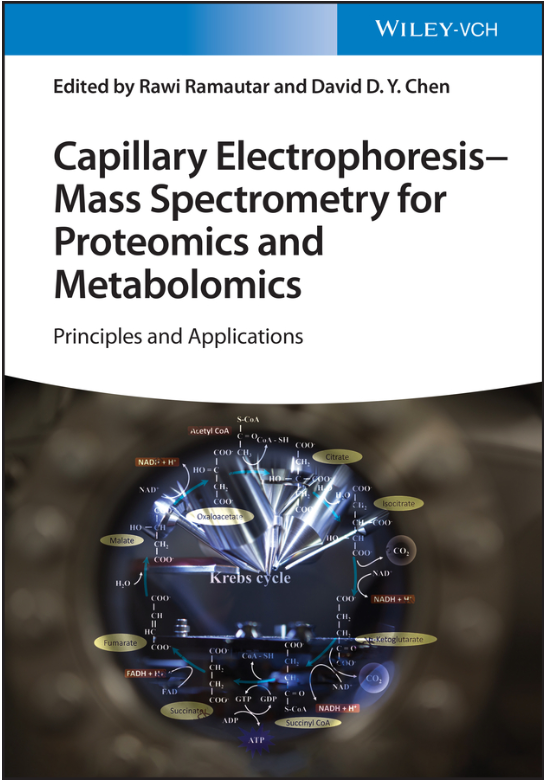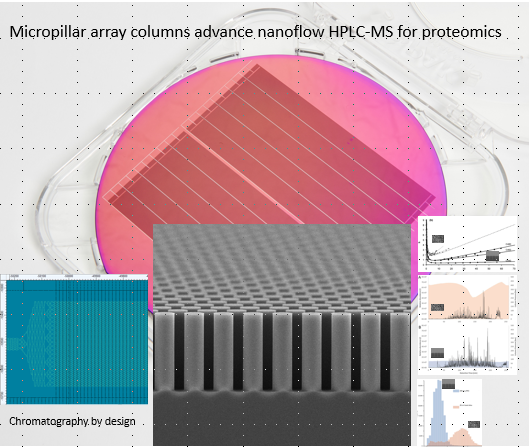Review on Capillary Iso-Electric Focusing (CIEF)
In late 2019 I was invited to submit a review on Capillary Iso-Electric Focusing for Wiley Series Encyclopedia of Analytical Chemistry. Since I am not so deeply involved in research in CIEF, and it was in the scope of the series, it was agreed that the manuscript could be tutorial-style, aimed to explain and help the readers to step into CIEF.
Abstract

Capillary isoelectric focusing (CIEF) has proven to be a very versatile separation method for characterization, identification, purity determination, and quantitation of amphoteric substances such as peptides and proteins. CIEF has become an indispensable and invaluable analytical tool in proteomics research, in the development of new biotherapeutics, and in quality and process control of their manufacturing.
The method is based on arranging and separating proteins according to their isoelectric point (pI), allowing to determine changes in the charge state of proteins after structural modifications such as deamidation, oxidation, isomerization, N-terminus modification, disulfide formation, and glycosylation.
Modifications that change biochemical characteristics of biotherapeutics such as their isoelectric point (pI) reduce their safety and long-term stability, influence drug efficacy, and increase undesired immunogenicity.
Here is the connection to the manuscript in the series. You will need a Wiley account for the Encyclopedia to access the paper. In case you do not have access but need a copy of the manuscript for private usage please contact me via the form.




 Micropillar array columns for advancing nanoflow HPLC
Micropillar array columns for advancing nanoflow HPLC
 From September 1 to 4, the 36th International Symposium on Electroseparations and Liquid Phase Separation techniques took place at the University Paul Sabatier in Toulouse. Please check the website at
From September 1 to 4, the 36th International Symposium on Electroseparations and Liquid Phase Separation techniques took place at the University Paul Sabatier in Toulouse. Please check the website at 